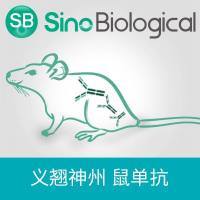Resistance to thyroid hormone (RTH) syndrome is an inherited human endocrine disease, which is manifested as a failure to respond properly to elevated circulating thyroid hormone (1 -4 ). RTH syndrome behaves as an autosomal dominant trait, and has been mapped at the molecular level to a diverse array of mutations within the thyroid hormone receptor (TR)-β locus (1 -4 ). As detailed elsewhere in this review series, TRs bind to specific DNA sequences, denoted thyroid hormone response elements (TREs) and regulate transcription of adjacent target genes in response to thyroid hormone (5 -7 ). TRs typically repress transcription in the absence of hormone and activate transcription in the presence of hormone (8 -10 ). These bipolar transcriptional properties of the receptor are mediated by the receptor’s ability to recruit ancillary polypeptides, denoted corepressors and coactivators, to the target promoter (11 -16 ). Corepressors and coactivators modulate transcription both by covalent modification of the chromatin template and by direct interactions with components of the general transcriptional machinery. Corepressors are typically recruited by TRs in the absence of hormone, whereas binding of hormone to the TRs results in a release of the corepressors and a recruitment of the coactivator polypeptides (11 -16 ).






